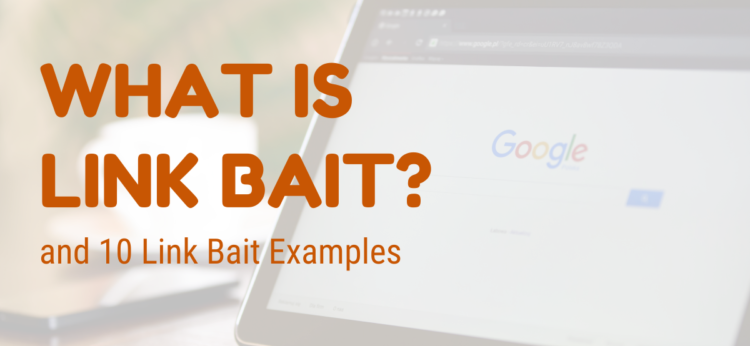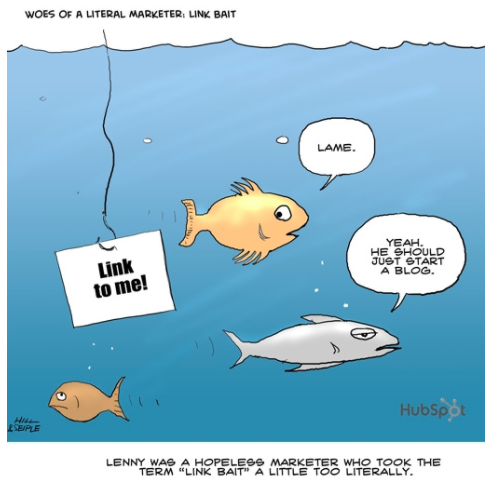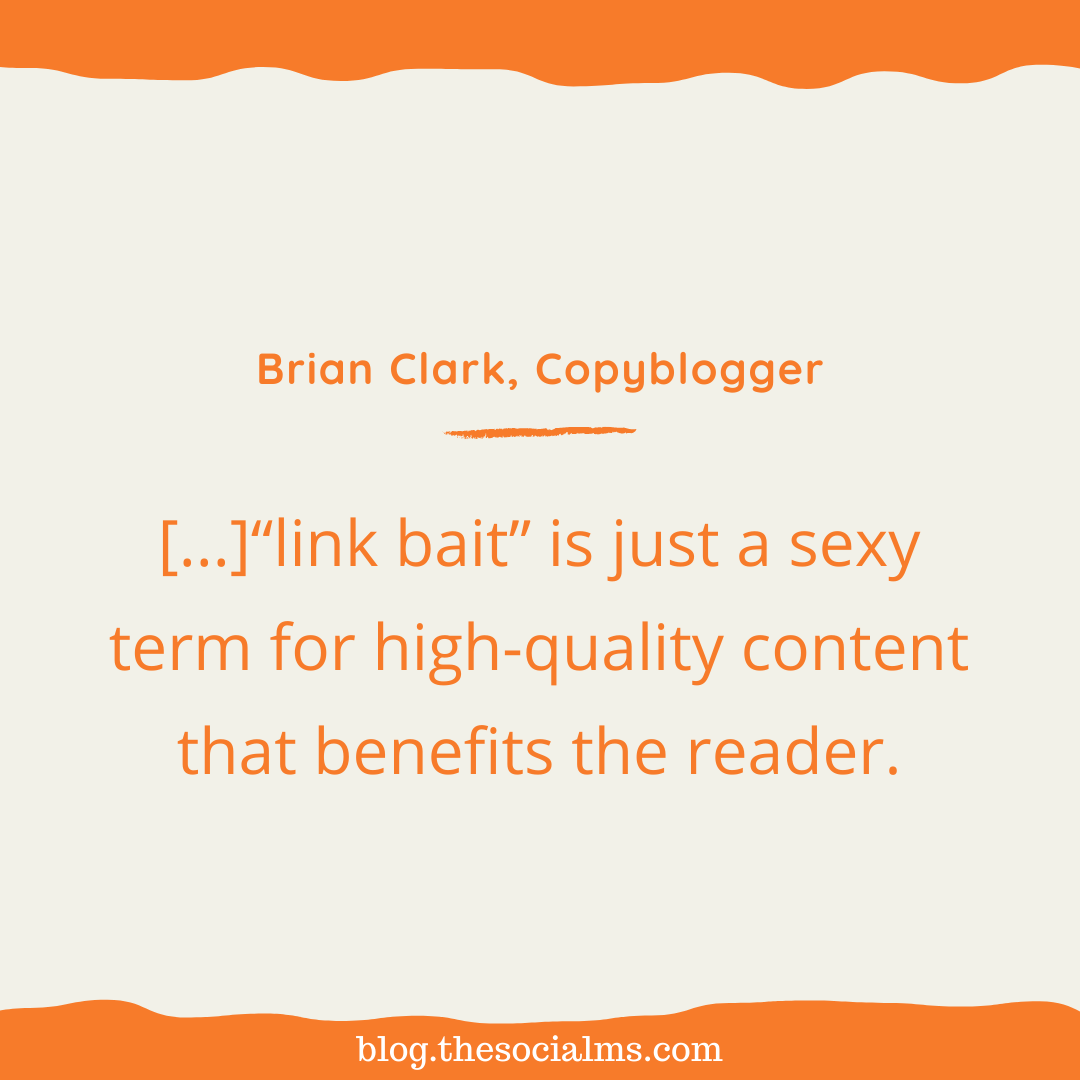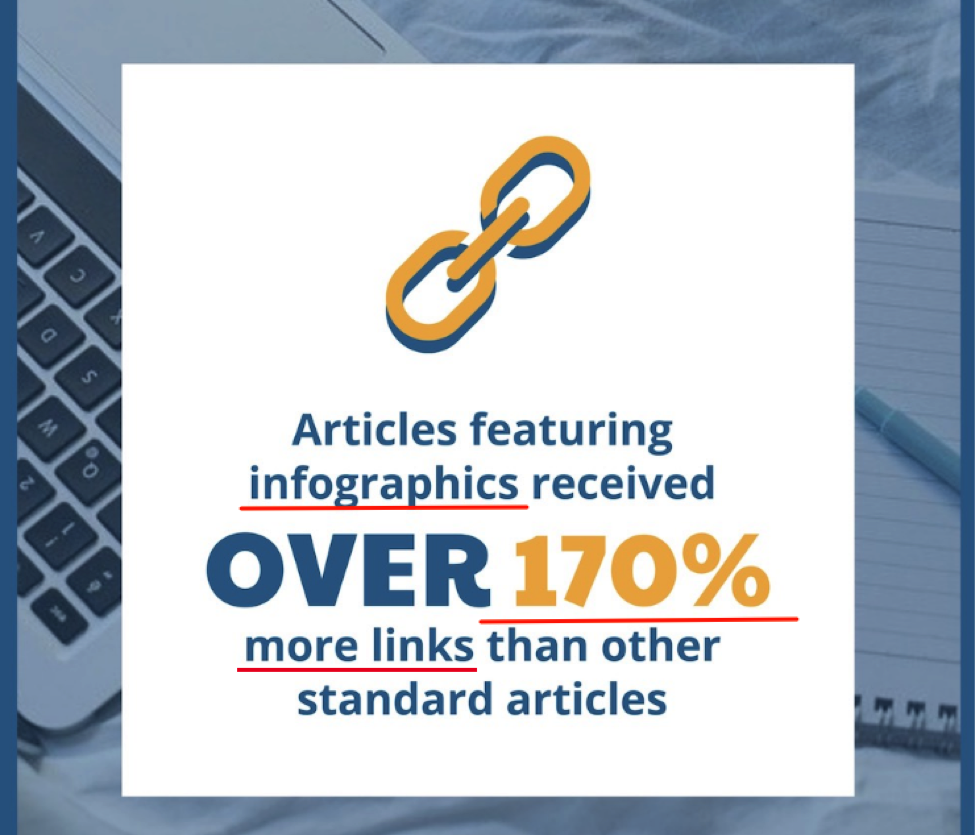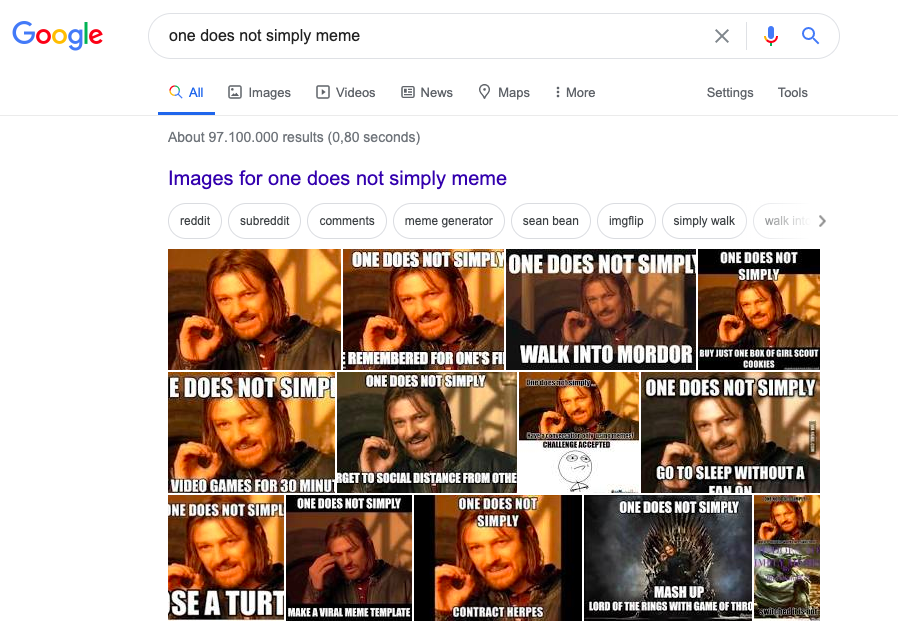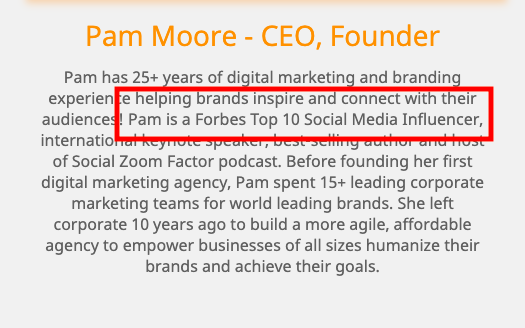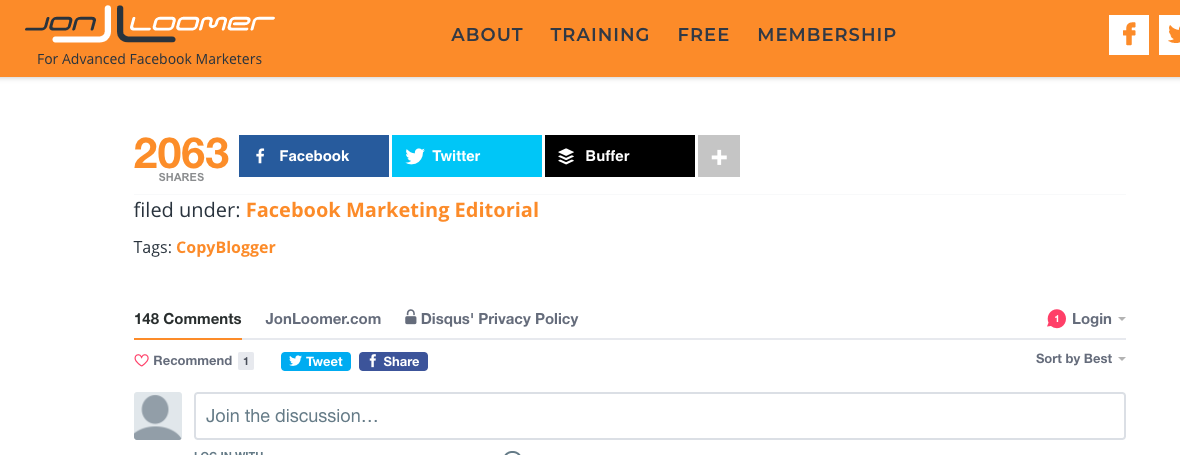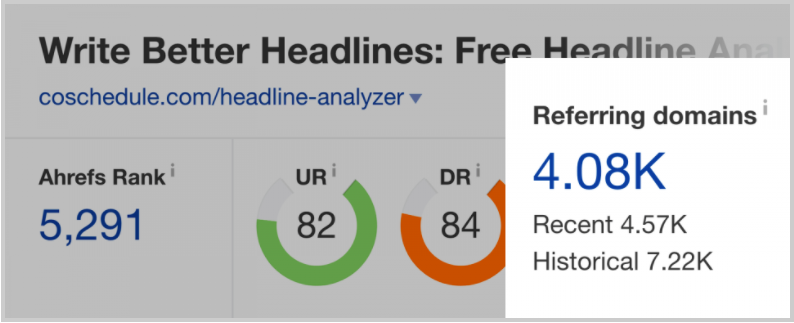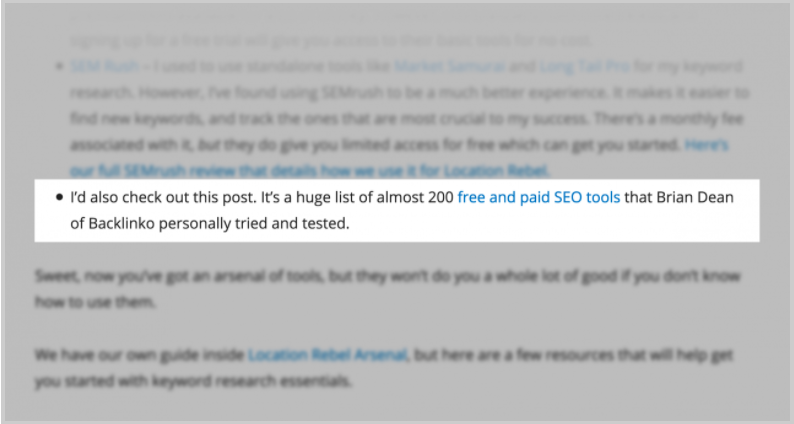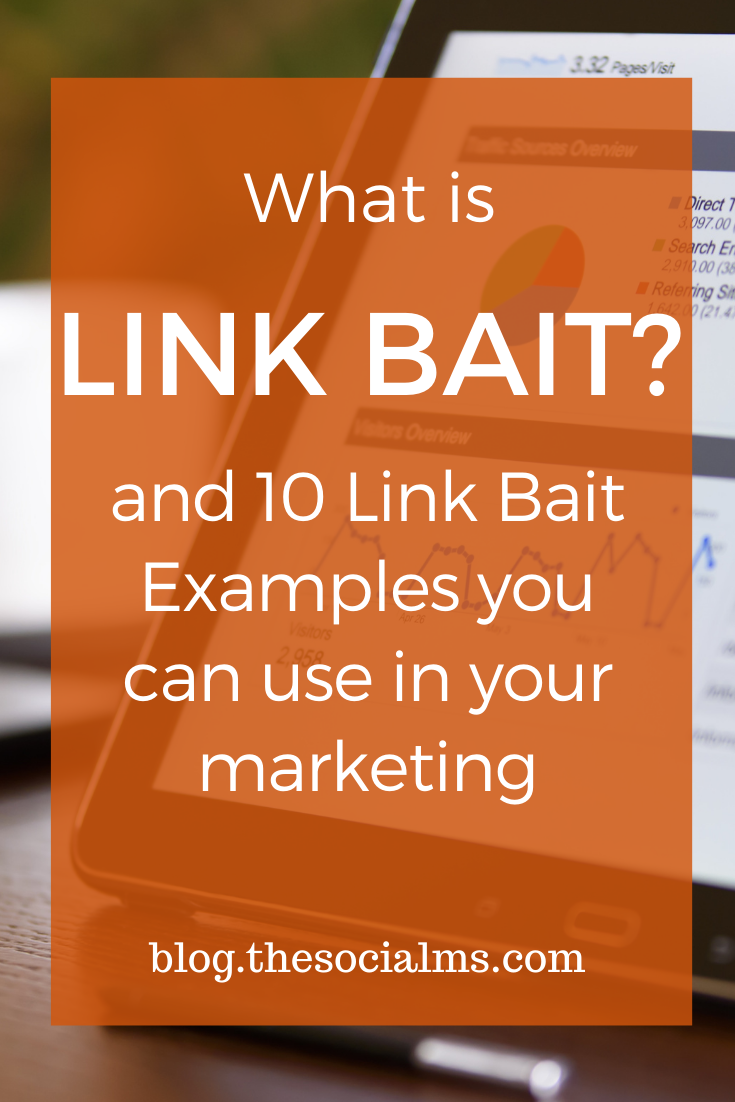Do you create content with backlinks in mind? Do you know which types of content are well suited to earn more backlinks? What is link bait or link bait content? Do you know how you can use link bait content to earn more backlinks to your blog or website and improve your search rankings?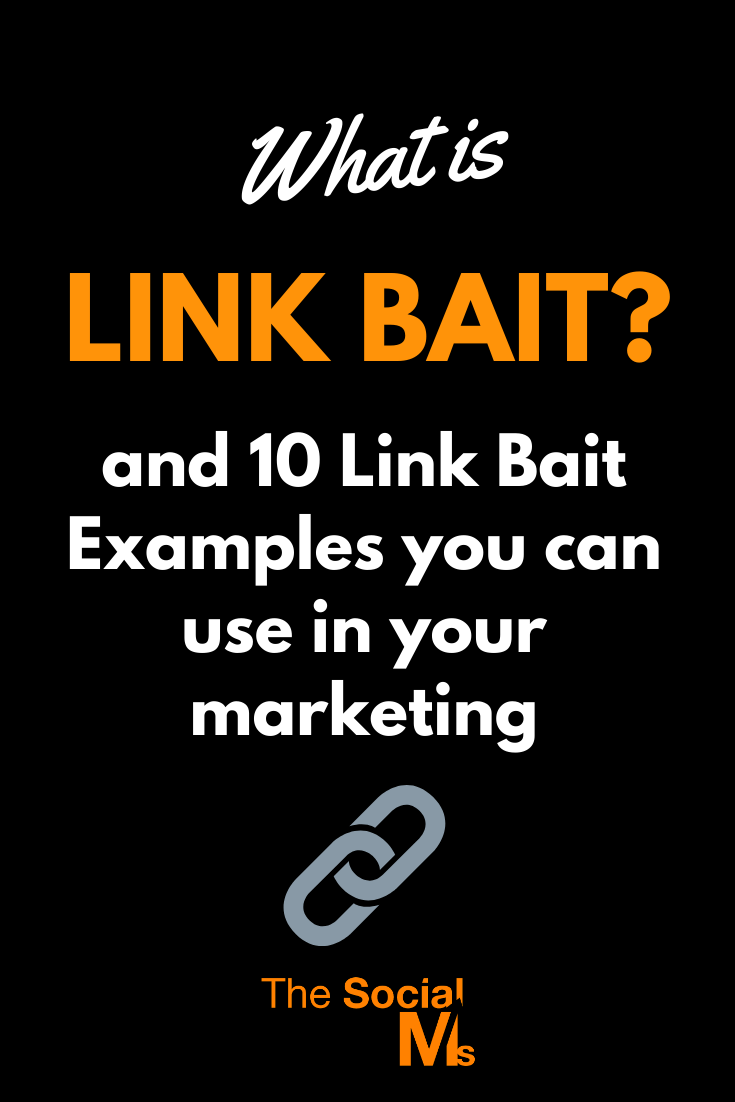
If you have been blogging for a while and have some audience on your blog, you probably know these emails from SEO people, asking you to link to their content, product or event.
The emails always sound similar, they are boring and annoying examples of marketers trying to attract links. And you wonder if they really can have any kind of success by asking people that have never heard of them to link to their targets.
There must be a better way – and there is.
Before you read on - we have various resources that show you exactly how to use social networks to gain massive traffic and leads. For instance, check out the following:
FREE Step-by-Step Twitter Marketing GuideFREE Pinterest Marketing Ebook
Instead of writing generic mass emails to every blog that is remotely connected to your topic, you can create link bait.
Wait – what?
Image Source: Hubspot
What is link bait?
Link bait content is content that people WANT to link to.
The concept of link bait is simple: you create something that is of so much interest to others that other people want to use it or link to it from their blog.
That can be images that other people use to spice up their content – and link to the source. It can be content that is so good that people refer to it for further reading. It can also be something that peeks the ego of a blogger so that the blogger wants to link to it to show off – that type of link bait is also referred to as ego bait.
We will give you some examples for all of the above to explain in more detail what types of content you can use as link bait.
While the term “link bait” may have a shady perception maybe because it resembles the term “click bait” – link bait is actually not a bad thing at all.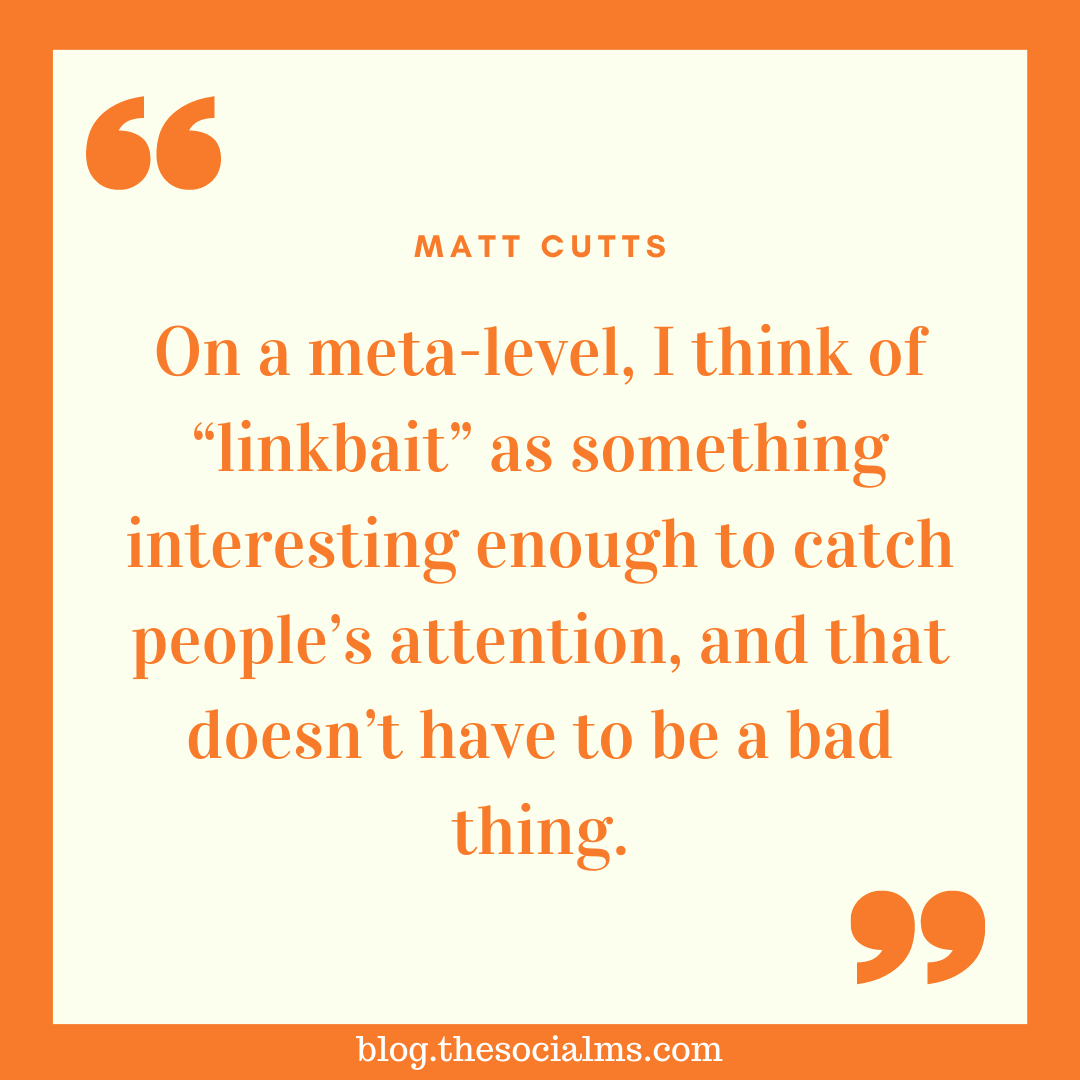
Hey, before you read on - we have in various FREE in-depth guides on similar topics that you can download. For this post, check out:
FREE workbook: CREATE AWESOME BLOG POSTSFREE Beginner's Guide: START A BLOG
From all link-building tactics, the tactic of creating something that others like so much that they want to link to it is probably one of the most natural SEO tactics that you can imagine.
As Matt Cutts put it: “On a meta-level, I think of “linkbait” as something interesting enough to catch people’s attention, and that doesn’t have to be a bad thing.”
How can you use link bait?
The sad truth in blogging, content marketing and the general online world is that most content does not earn any links. And that includes quality content as well.
When you are trying to create content that others like and your audience wants to get, you are already performing link baiting in the most basic form: You create content that is good enough for others to link to it.
Don’t let the above quote by Brian Clark fool you into believing that creating the best content is enough to earn links.
If you have been blogging for a while, you have probably realized that attracting backlinks is more difficult than it sounds. Your best content that you created with all the knowledge and effort that you can, will only attract a couple of links at best.
A study by MOZ and BuzzSumo analyzed 1 Mio pieces of content. And what they found was not really encouraging when it comes to link building: 75% of those pieces of content had no backlinks. Not a few, not one – ZERO!
And the selection of the articles was random. We are not talking about the worst 75% of the content here but ALL content good or bad.
Image Source: Backlinko
The newer you are to blogging and the smaller your audience, the harder it is to attract links to even the best content. The reason often is not that your content is not good enough but more than the people that could potentially link to it simply do not know about your outstanding content – and if they do know about it, or you make the effort and ask them to link to it, they don’t do it because they do not know you and they do not trust you enough to link to you.
And that means, if you want to attract links to your content, you have to work for it. And there is a lot more you can do with your content creation to attract (even more) links.
There are some special types of content that are easy targets when it comes to attracting links. And you can consider these types of content with the goal of earning links. And that kind of content creation with the purpose of attracting backlinks is called link bait!
So, what does link bait give you?
Everything that all link-building will give you.
- Your content will rank better in search engines – successful link bait has a tremendous power to improve your SEO.
- You may be able to earn referral traffic through the links.
- And you get access to a new audience: the audience from the linking blogs.
Link bait examples
There are some types of content that are well suited for link bait. Here is a list of link bait ideas that you can use to attract more backlinks.
And if you still think “Why bother? I am just going to wait for back links to roll in on their own” – consider that SEO specialists like Brian Dean from Backlinko say that ALL their content pieces that attract the most backlinks are link bait content!
Plus, even if you create content with backlinks in mind, you still need to get an audience to your content first. Who the heck should link to your content if no one knows that this content exists?
That said, I am sure that you can find some ideas for link bait content in this list of link bait ideas:
1. Interesting Data, Statistics or Research
People love data. They love to quote numbers. And if they do they will link back to the source of the data.
You can even create images with the data to make linking and quoting even more attractive.
It does not always have to be a big study or research. Sometimes small findings can also attract a ton of links.
For instance, MOZ created a guide to Keyword Research. This guide attracted heaps of links. But not as links to the guide – no matter how well-researched and useful the guide was.
In fact, the links mostly were due to a small statement in the guide:
Image Source: Backlinko
2. Controversial Opinions
A couple of years ago, Copyblogger made a bold move and deleted their Facebook page. They were not secretive about it but wrote a blog post about it.
The move caused an uproar in the marketing community. Multiple bloggers wrote blog posts about it. And they all linked to the original post from Copyblogger.
While deleting the Facebook page was probably not done as link bait – the related blog post served well as link bait content.
You need an example? Jonathan wrote a post answering Copyblogger’s post and for sure, you can find a link to Copyblogger’s post in the article. Our blog was three months old at the time – and several people from Copyblogger took the time to comment on it.
3. Visual Content – Infographics
Visual content is great when it comes to attracting links. Just consider how many images you are using in your content. I freely admit that I love adding images from other sources to spice up my content. And every time I quote an image, I also link back to the source!
Infographics have an even higher link bait factor. If you are active in the blogosphere for from time, you have probably seen some emails like this one:
And since infographics are still powerful marketing content, you will probably get a couple of people to publish the infographic on their blog – each with a link back to the source of the infographic on your website.
And infographics do not just have link power for the creator – in fact, blog posts that include infographics get 178% more inbound links and 72% more views than all other posts.
Image Source: Venngage – Data from Hubspot!
4. Visual Content – Memes
Similar to infographics but speaking more to the humorous side of your audience are memes. They also serve as content that other people like to re-use in their content. And every time someone uses your meme in their content they will add a link back to your website as the content source.
But let’s take a step back and look at what a meme is:
Image source: Make Use of
Memes are not an invention of the Internet. In fact, Richard Dawkins was the first to use the word in his 1976 book The Selfish Gene. The book used memes to describe an idea or behavior that spreads across people in a culture. Source: MakeUseOf
I admit, I usually consider a meme an image with a funny or even outrageous text on it. A very famous one is of actor Sean Bean in his character as Boromir in Lord of the Rings that uses small altercations of the original text “One does not simply walk into Mordor…” from the film. This meme exists in hundreds of variations.
This is a great example of how memes spread through the internet.
Memes are marketing super content in manifold aspects. They are great for social media – they have already proven their responsiveness to people’s minds. They often inspire a ton of engagement, likes, and even traffic. They are easy to create – there are many tools to help you with it but you can also simply use your standard image creation tool like Canva.
Memes are so powerful, that a marketing tactic that uses memes is even branded as memejacking…
5. Ego Bait – Top Lists
You have probably seen some of these: List of twitter accounts you should follow, lists of favorite blogs from a niche, list of top people from a niche. These lists have a simple motivation: These types of content speak to the ego of the people on the list and thus inspire social shares and backlinks.
Being mentioned on these types of lists is an honor and helps the marketing of the mentioned people as it provides social proof. In return, the people often refer to these lists and thus provide backlinks.
If you want to use this type of ego bait content, do not just create the next list of the same people that already are on all lists in your niche. These people may already be tired of being on such lists. Aim for some out of the box accounts and people. These are much more likely to add a link to the list to show off.
The most famous example in the marketing space probably used to be the annual list of top social media influencers on Forbes. All influencers on these lists used to link to the list. These lists are no longer published on a yearly basis.
6. Ego Bait – Interviews
Interviews work in a similar way as top lists: speaking to the ego of the interviewed person. And often they will link to the interview.
The downside of this type of ego bait is that usually, only one person may have an interest to link to the content – while with a top list you have multiple chances for a link.
7. Ego Bait – Expert Roundups
Expert roundups for link bait work just as top lists do – only in this case if the asked questions are of interest to your target audience you may earn many more links than just from the experts that took part.
Most experts will also willingly share expert roundups on their social media channels.
For all ego bait content: Make sure that you notify the related people once you publish the content. You should write an email to every person on your list or expert roundup or you can tweet to them with a mention. Make sure that they know that they are on the list and that the list was published – ask them to share it. If they discover it years later by chance, your content may already be stale and you lost your best chance of earning a backlink and a social share.
Other examples of ego bait are awards. For instance, Social Media Examiner had an award for the top 10 social media blogs every year. Every year the contestants helped spread the word – and the winners got a badge to link back to the award list.
8. Being the first to cover a topic – timely content
If you are the first to cover an Apple product presentation or the first to cover the news that top terrorist Bin Laden has been killed, you are sure going to attract a ton of backlinks from all others that also want to cover the topic and need a source of information.
However there are some downsides on this type of link bait content: In contrast to evergreen content, timely content usually gets stale after a very short time. If you failed to attract backlinks and marketing power this content is not going to resurface.
Often, the “normal” guys like you and me have a hard time to have the information to create news-related and timely content even before everybody else is doing it.
But there are some niche cases when you may have a chance to hop on this type of link bait content.
Need an example?
How about this one: I mentioned earlier in this article that some years ago Copyblogger deleted their Facebook page and created an uproar in the blogging and marketing community.
Jon Loomer was (one of) the first to respond with a blog post. And while many other bloggers also commented on the event later, I doubt that any post on the topic got so much engagement and comments – and so many back links as the one Jon Loomer wrote before everybody else also commented on it.
9. Free Stuff
Yes, people like to get free stuff. But they will only link to it if it is something exceptional. You will not attract many backlinks with the same lame guide to social media that everybody else is also offering. But there are some examples of free tools and offers that do attract hundreds of backlinks and have done so for a couple of years now.
The example that comes to my mind is CoSchedules Headline Analyzer.
I have already linked to this tool in one of my old articles about content creation tools back in 2015. But the tool is still relevant and is still getting backlinks.
By now CoSchedule earned thousands of backlinks through this tool alone!
Image Source: Backlinko
10. Long and comprehensive lists
List posts have a special marketing power. They get shared a lot on social media, and they can also attract backlinks.
If you want to use lists as link bait content, aim for long and comprehensive lists.
Why?
Because a list of 5 things that everybody can quickly assemble will not attract as many back links as a complete list of all possible options.
Need an example?
There are hundreds of lists of SEO tools out there. 5 tools, 10 tools, 15 tools – but what about a list of 200 SEO tools? Which one would you visit and which one would you refer to?
Final Words on Link Bait Content
There are other types of content that you can use as link bait.
For instance, Press Releases are often used. The goal is not the press release in itself, as links in press releases are most of the time ignored by Google. But if you have some newsworthy information and outlets pick up the news you will earn multiple backlinks.
Press releases in themselves are not the link bait but a way of spreading the word about your link-worthy information.
Link baiting may sound shady but in reality, it is a viable way to inspire backlinks to a blog or website.
You will not earn links by baiting bad content.
But creating awesome content with backlinks in mind and promoting the hell out of that content will earn you more backlinks than the best content you created without thinking about backlinks ever could!
Are you struggling with your SEO? Do you think you have done so much but somehow your blog traffic from Google search is stagnating? Do you need some help with setting up your blog for SEO? Are you not sure how to build links to your blog?
We have got you covered!
We created a free email course about SEO for your blog – or SEO with a blog. Join today for 4 days and 4 emails and learn about on-page SEO, Google Ranking factors, link building tactics and how to find keywords even you can rank for. Join our (free) email course about Blog SEO today!

